JTF (just the facts): Published in 2024 by TBW Books (here). Screw post-bound hardcover folio (25.4 x 33 cm), 50 pages, with 26 hand-tipped color plates. Includes text by the artist. Edit, design and sequence by Paul Schiek. In edition of 500 copies, each signed, numbered, and burned. (Cover and spread shots below.)
Comments/Context: The work of the American artist TR Ericsson is built around deeply personal narratives, digging into four generations of his family life, and in particular the life story of his mother who committed suicide at the age of 57 in 2003 after struggling with depression, multiple sclerosis, and alcoholism. Ericsson’s mother was a lifelong cigarette smoker and her house was filled with the yellow stains of nicotine. As he was cleaning her home after her death, he was forced to think about how these marks related to his mother, not only about the stained walls themselves, but about her time in the house “alone, up all night ruminating over her past.” This experience served as the inspiration for a series of nicotine-based artworks, which he began making in 2007. Ericsson’s new photobook, Nicotine, collects those images and is “an ode to the life of Ericsson’s mother and a meditation on the lingering impressions that remain when a life ends.”
Nicotine is essentially a family album turned into an artist’s book. It has a lush velvety cover, and its light brown color is a clear reference to tobacco. A small image of the artist’s mother as a young woman is placed in the center of the cover, and the title is placed in the center of its spine in all capitals in gold. All of the photographs are tipped in on dark blue pages, and these photos vary drastically in their size and placement. The text by the artist appears at the very end of the book in a typewriter font. The book binding feels a bit stiff, making it a bit hard to flip between the pages, and overall, the book feels particularly tactile. Each copy has been burned with a lit cigarette, adding a very personal touch.
The images in Nicotine come from his mother’s family photo albums, and generally feel direct and quite banal. But in Ericsson’s hands, they have been recontextualized and transformed: each picture was scanned, converted to a film positive, and then passed through actual nicotine in a silkscreen printing process. The tonality and clarity of each image depends on the number of cigarettes burned in the process; the number of cigarettes required was related to the size of the work, and varied between hundreds and thousands of individual cigarettes burnt. This wasn’t the first time Ericsson had used unexpected materials in his artistic practice; in an earlier body of work, he used his mother’s funerary ashes.
The opening photo, blurry and ghost-like, shows the artist’s mother as a girl, standing outside and looking down; the caption underneath reads “Susie c. 1949”. In this photograph, the rich brown tonality of nicotine feels the strongest, and this coloration starts to fade and soften as we move through the book. As the pages flip, there are images of the artist as a child, a typewriter letter dated October 11, 1993, a Christmas tree c. 1980, other relatives, etc. There is also a tiny photo of Ericsson as a baby, with the caption reading “Thomas Roberts Ericsson Aug. 15 1972 (Perf)”. The very last photo shows Sue posing in 1963.
Ericsson’s body of work brings to mind a number of notable projects that have used photography to deal with unsettling memories and delicate family stories. Most recently, Ruth Lauer Manenti leveraged the photobook format to craft a tender portrait of her mother and the meditative rhythms of her domestic life (reviewed here). And the Argentinian photographer Lujan Agusti has been delicately probing her own mother/daughter relationship, using clothing and transparent imagery as a vehicle for layered echoes and resonances (reviewed here). Nicotine is an excellent contribution to this kind of nuanced family conversation.
While there are plenty of great projects that map family history through old photographs, Ericsson adds a unique twist by using his nicotine silkscreen printing technique to capture the ephemeral nature of remembering. His images made from the residue of physical history also emphasize the central role nicotine played in his family’s life. In the resulting images, his mother’s presence is somewhat physical but also fragmentary and often invisible, representing her nuances of her presence in his life. The visual effects in the images also smartly symbolize how we distort the past through remembrance. Nicotine stands out as an intimate book, and a poetic reflection on love, pain, and memory. Its ghost-like photographs serve as a meditation on life and mourning.
Collector’s POV: TR Ericsson is represented by TOTAH Gallery in New York (here), Robert Koch Gallery in San Francisco (here), and Harlan Levey Projects in Brussels (here). His work has little secondary market history at this point, so gallery retail likely remains the best option for those collectors interested in following up.
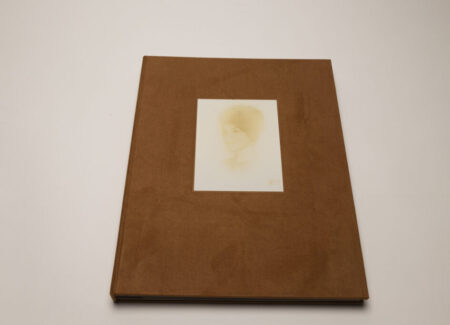
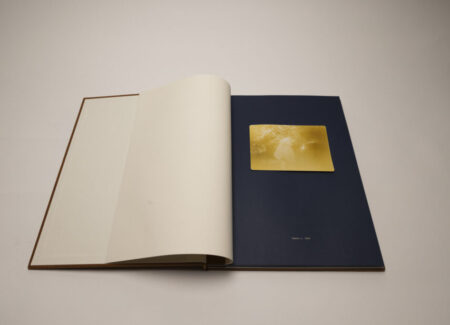
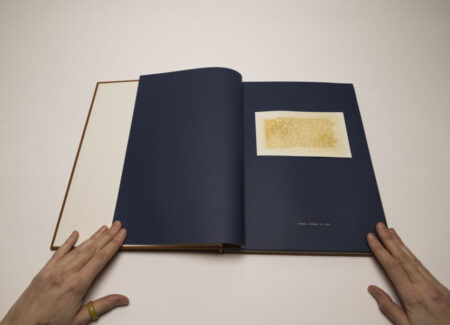

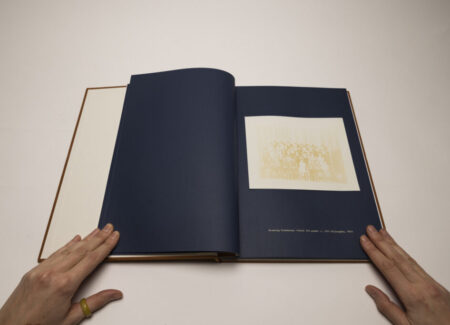

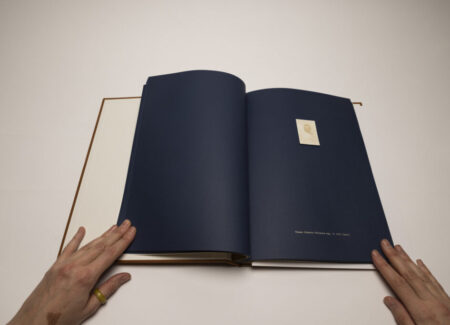
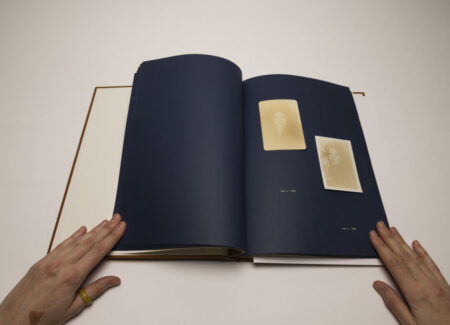
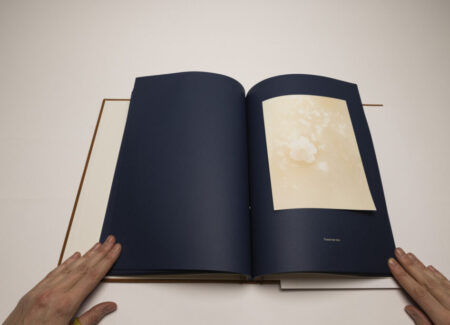
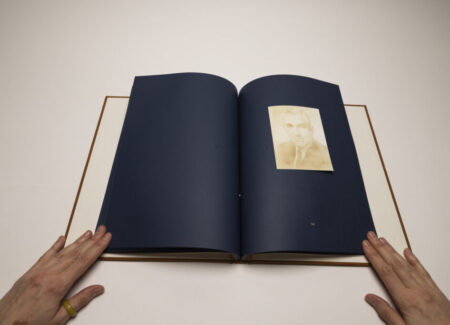
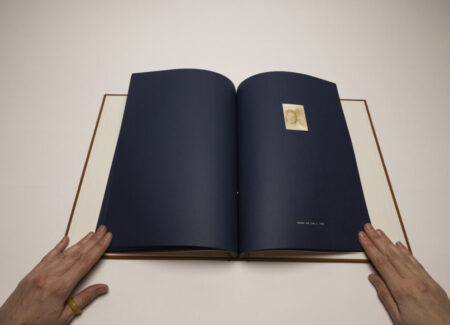
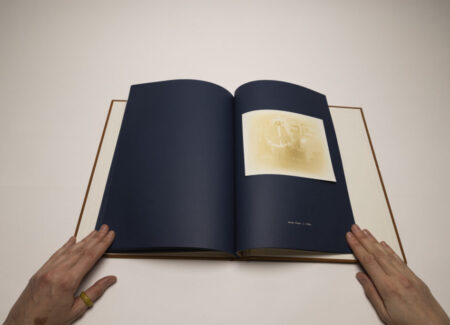
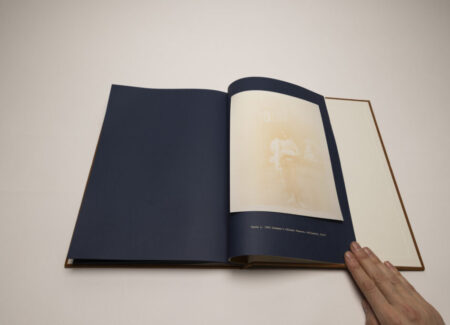
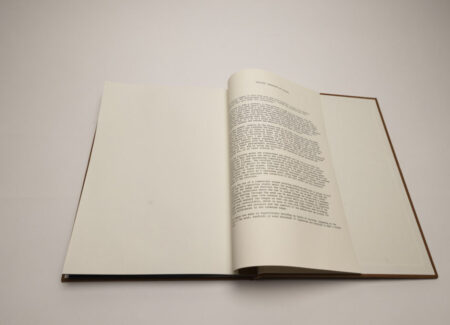





Love this book! And actually learned a few new things from this excellent review by Olga.